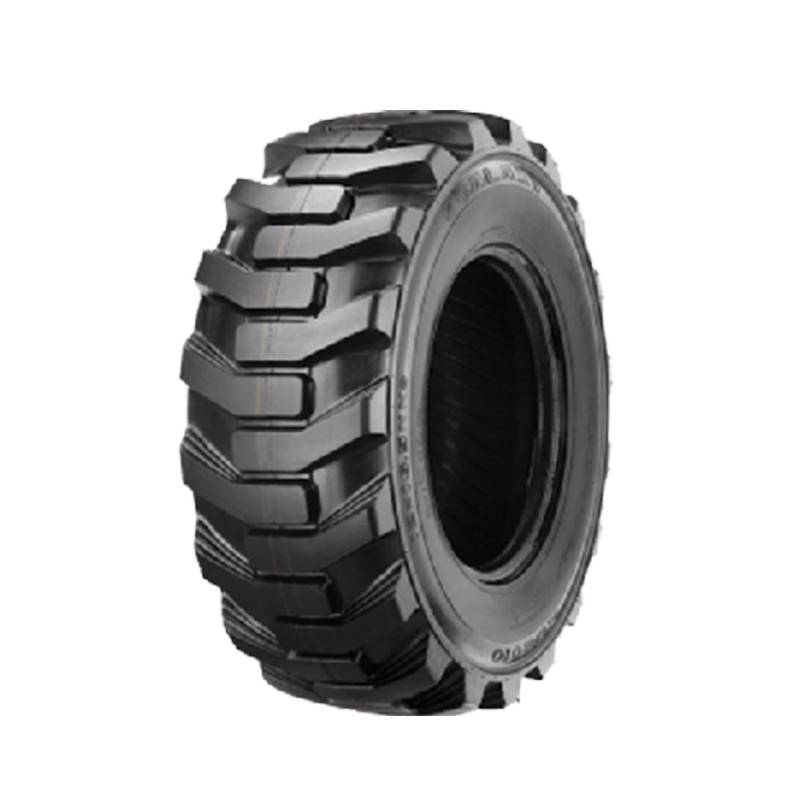
Dec . 11, 2024 23:03
Back to list
صمام الغاز الطبيعي
Understanding Natural Gas Regulating Valves
Natural gas has become an essential part of modern energy consumption, providing power for heating, cooking, and electricity generation. To ensure the safe and efficient flow of natural gas, regulating devices such as gas regulating valves are critical components in the distribution system. This article explores the importance, functionality, and safety considerations surrounding natural gas regulating valves.
What is a Gas Regulating Valve?
A gas regulating valve is a mechanical device designed to control the pressure and flow of natural gas within pipelines. Its primary function is to reduce the high pressure of gas coming from supply lines to a safe, usable level for residential, commercial, or industrial applications. By maintaining the desired pressure, these valves ensure that gas is delivered safely and consistently to consumers.
Functions of Regulating Valves
The principal function of a regulating valve is to manage gas pressure. The high-pressure gas transported through pipelines needs to be reduced to a safe and manageable level before it reaches end-users. The valve achieves this through a combination of mechanical design and control systems, which may include
1. Pressure Regulation The valve constantly adjusts to fluctuations in gas pressure within the pipeline, ensuring that users receive a steady flow of gas at the required pressure.
2. Flow Control In addition to regulating pressure, these valves control the volume of gas flowing through the pipeline, which is essential for meeting varying demand levels.
3. Safety Features Many gas regulating valves are equipped with safety mechanisms, such as overpressure protection and emergency shut-off functions, to prevent hazardous situations from arising.
.
There are various types of gas regulating valves, each suited for different applications and pressure requirements. Some of the most common types include
صمام الغاز الطبيعي

1. Direct-Operated Regulating Valves These valves respond directly to changes in pressure by adjusting their position and allowing gas to flow at the desired pressure.
2. Pilot-Operated Regulating Valves These are more complex, using a smaller pilot valve to control a larger main valve. They are often used in high-pressure gas distribution systems.
3. Automatic Control Valves Equipped with electronic controls, these valves provide precise regulation and can be remotely monitored and adjusted.
Safety Considerations
While gas regulating valves play a crucial role in maintaining efficient gas flow, their safe operation is of paramount importance. Proper installation, regular maintenance, and adherence to industry standards can help prevent potential hazards, such as leaks or pressure surges. Key safety considerations include
- Routine Inspections Regular checks can identify wear and tear or malfunctioning components before they lead to serious issues.
- Leak Detection Systems Implementing gas detection systems in areas where valves are installed can provide an additional layer of safety, alerting personnel to potential leaks.
- Training and Compliance Ensuring that staff handling natural gas systems are well-trained in safety protocols and compliance with local regulations is essential for minimizing risks.
Conclusion
Natural gas regulating valves are vital for the efficient and safe distribution of natural gas. By controlling pressure and flow, they ensure that consumers receive gas in a safe and manageable form. Understanding the functions, types, and safety precautions associated with these valves is crucial for anyone involved in the natural gas industry. As the demand for natural gas continues to grow, advancements in regulating valve technology will play a significant role in enhancing safety and efficiency in gas distribution systems worldwide.
Next:
Latest news
-
Safety Valve Spring-Loaded Design Overpressure ProtectionNewsJul.25,2025
-
Precision Voltage Regulator AC5 Accuracy Grade PerformanceNewsJul.25,2025
-
Natural Gas Pressure Regulating Skid Industrial Pipeline ApplicationsNewsJul.25,2025
-
Natural Gas Filter Stainless Steel Mesh Element DesignNewsJul.25,2025
-
Gas Pressure Regulator Valve Direct-Acting Spring-Loaded DesignNewsJul.25,2025
-
Decompression Equipment Multi-Stage Heat Exchange System DesignNewsJul.25,2025

